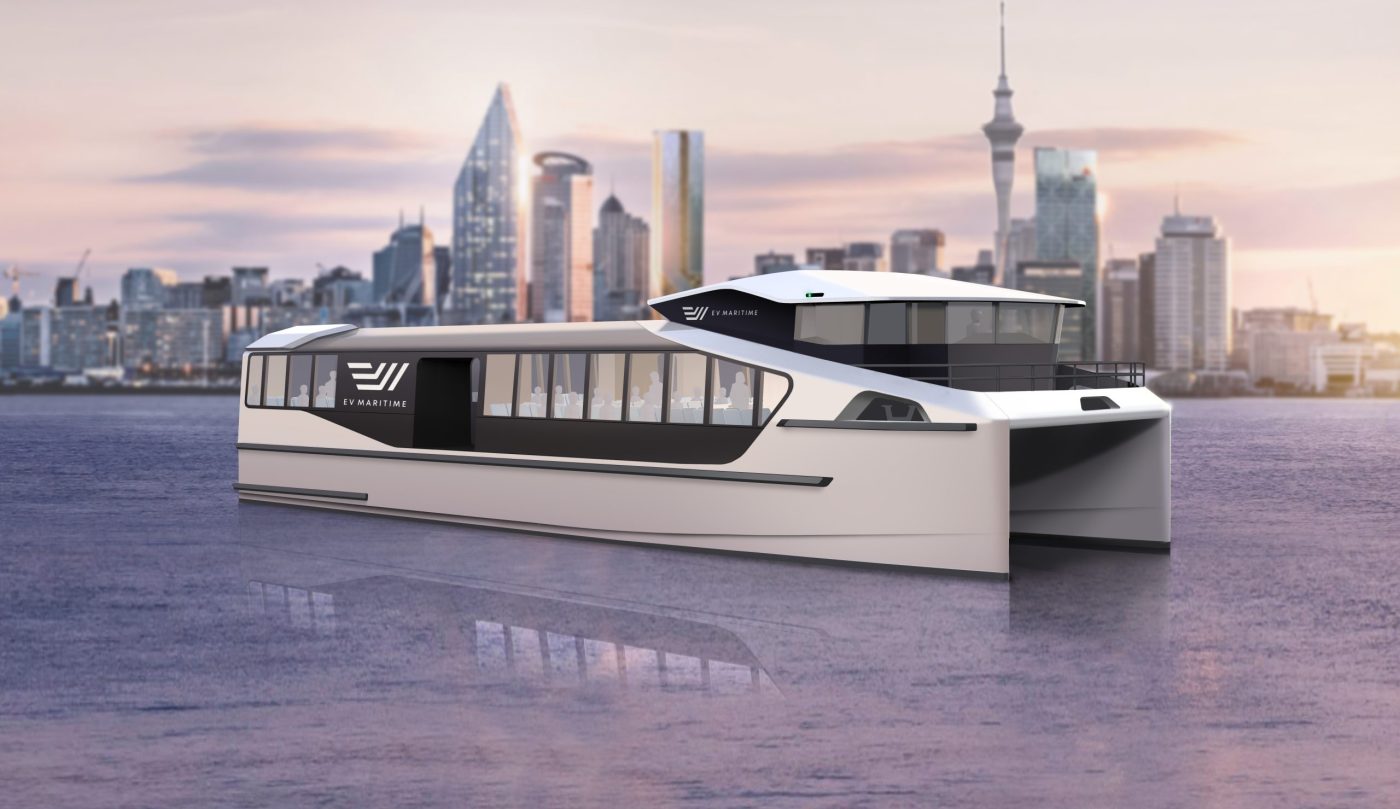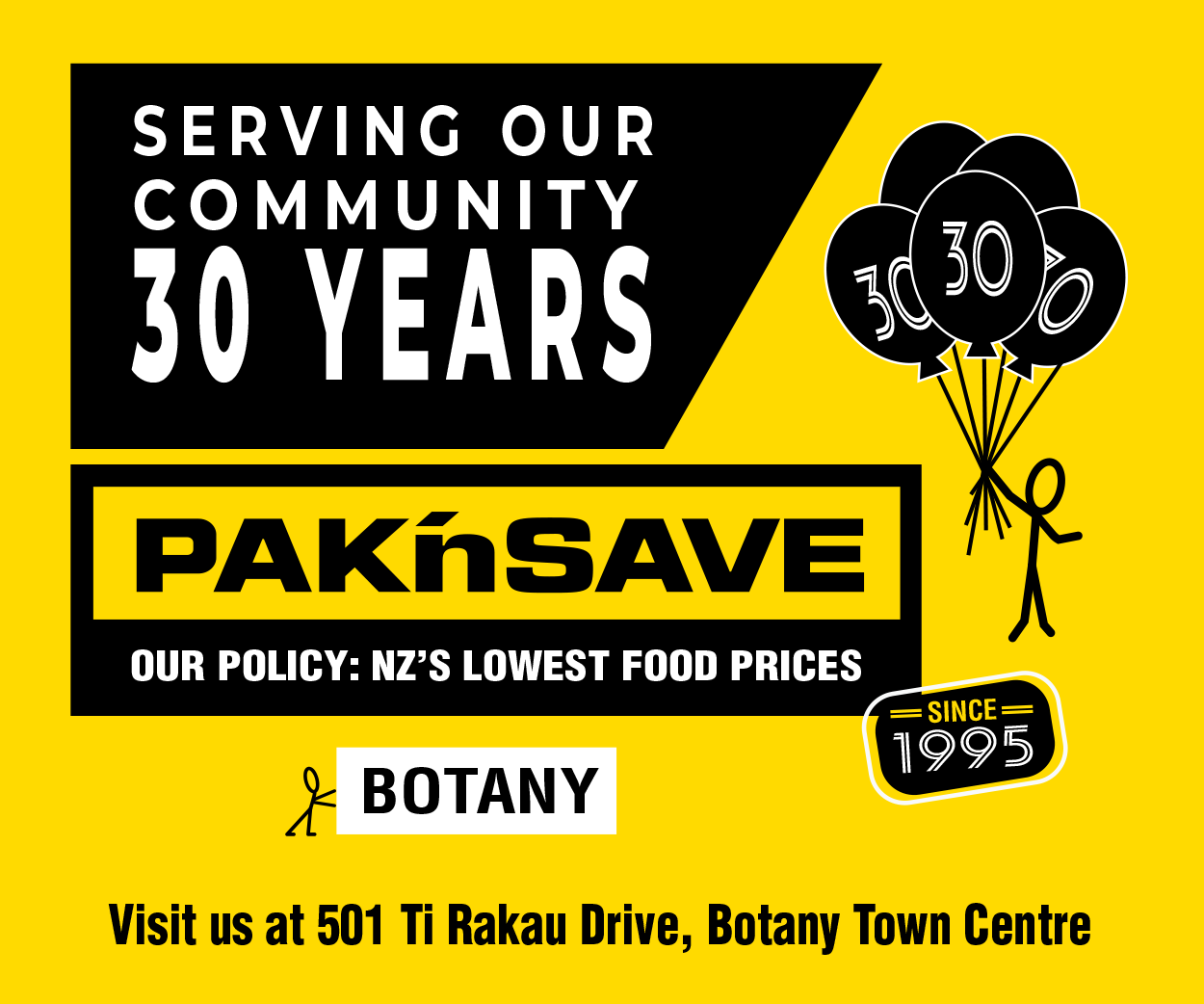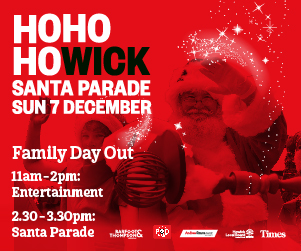
- By Charles Miller
At the start of this year, the SailGP regatta turned Auckland into a picture postcard – deep blue sea, azure skies, and flashing white sails racing across the Waitematā.
The harbour is central to Auckland’s identity and helps explain why we’ve featured six times in the Economist’s Top 10 Most Liveable Cities over the last decade, topping the list in 2021.
But the geography that frames Auckland so beautifully also makes getting around complex. The city sits on a narrow isthmus, criss-crossed by inlets, volcanic hills and peninsulas.
The population is spread out, and many work zones sit far from where people live.
These features make public transport difficult and expensive to operate.
Buses and trains do the heavy lifting, but ferries play a strategic role.
Operating cost per passenger is highest for trains, followed by ferries, then buses.
But ferries aren’t just another mode – they serve routes no other public transport can.
In a harbour city like Auckland, with increasing congestion and limited room for orbital roads or rail, it’s the Waitematā to the rescue.
Pollution, climate, and emissions must also shape our transport choices.
Personal views aside, over 80 per cent of New Zealand’s exports go to countries that demand credible climate policy and clean production.
Clean air, clean water, and steady emissions reductions are now baseline expectations, from our trading partners and our communities.
Auckland Transport (AT) is responding. With emissions reduction targets in its sights, AT is transforming the public transport fleet.
Over 180 electric buses are already in service, with more on the way. But the big news for east Aucklanders is on the water.
Four new low-emission ferries are being added to the fleet. Two fully electric ferries, built by McMullen and Wing in Auckland, will each carry 200 passengers and 24 bikes.
They’ll run on both short inner-harbour and longer mid-harbour routes. Quiet, clean, and 100 per cent electric, they’re a big step forward.
Alongside them, two hybrid-electric ferries are under construction by Q-West in Whanganui. These larger vessels, carrying 300 passengers, are being built for the Devonport route, where tight turnaround times make hybrid propulsion more suitable.
Both McMullen and Wing and Q-West are standout examples of New Zealand boatbuilding. McMullen and Wing has spent 50 years producing everything from superyachts to aquaculture vessels.
Q-West has grown from a regional player into a trusted builder of high-tech commercial craft across the Pacific.
That both are building here, with local hands and expertise, is worth celebrating.
Supporting infrastructure is underway. At Half Moon Bay Wharf, construction began in late 2024 to deliver power to a new charging building close to the water, with ducting laid from the substation near Fresh Choice.
The first ferries are expected in mid-2025, with the balance scheduled through 2026.
So if you’re fed up with the wires, piles, cones, and congestion at Ara-Tai car park, hold on. It’s all part of a bigger picture. Soon, the disruption will give way to a cleaner, quieter, better-connected future for the Waitematā, and for east Auckland, our portion of paradise.









